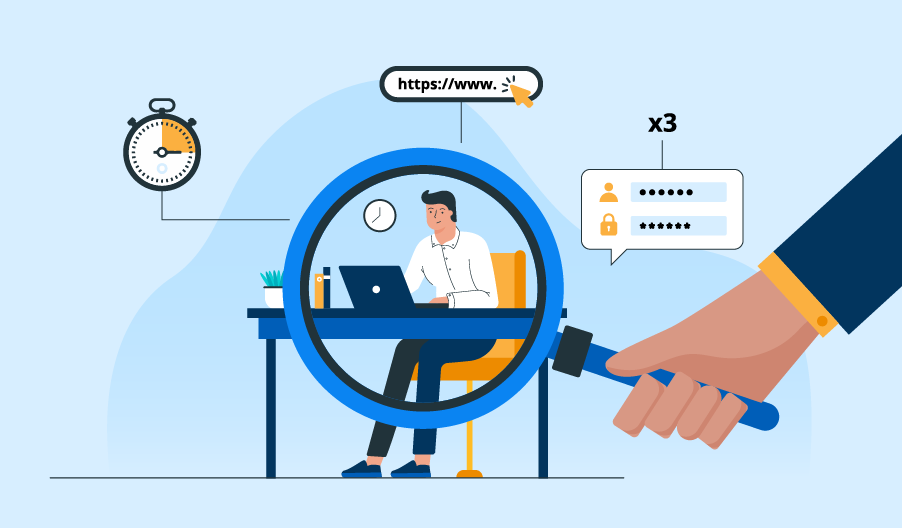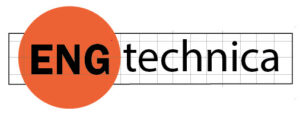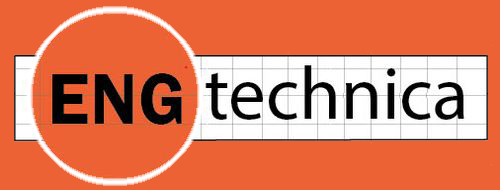As a CAD user, how keen are you to have your every move watched? You have always understood that your boss wants you to be as productive as possible, but how you did so was up to you. Unless you had a boss from hell, they were not looking over your shoulder. You could use the Undo command or use the Esc or backspace key as often as you pleased. No one would know of your teeny missteps.

The times, they are a-changing. Productivity tracking is a thing now. Last week, two articles appearing the Wall Street Journal about companies monitoring employee activity through tracking software and notifying HR. More on that later.
CAD is No Exception
I am reminded of a conversation months ago with a CAD company executive about AI. He let it drop that his company had been collecting and analyzing user data for years. And they are about to step it up. Data about user activity was collected while they were using the company’s cloud-based CAD product. The CAD product was to be “instrumented.” That meant that whatever users did with it was a matter of record and it would be kept with the company so it could be analyzed. The executive tries to be reassuring: the users’ proprietary design is at no risk; they are merely getting feedback on how commands are used in the hope of improving them.
How can anyone collect your data without your permission? They can because you unwittingly gave them permission. You may not remember the fine print because you didn’t bother reading it. I do it all the time. I’m always in a hurry to install the software or one of its updates. That fine print I never read constituted an EULA or end user license agreement?
Unless you are running open-source software, freeware, or custom code, you have signed off (checked off, most likely) on an EULA or a Terms of Service. Not having read one or wanting to, I call on the all-knowing ChatGPT and my suspicions are immediately confirmed: “Improving user experience” and “analytics and development” are two of the five rights I have probably granted to hundreds of software companies over the years, including many CAD programs.
What gives software companies the right to monitor the usage of the software?
EULA and Terms of Service. EULAs define the terms under which users can use the software, often including clauses that allow companies to collect data about software usage. This data can encompass general usage statistics, error reports, and user behavior, depending on the agreement’s specifics.
- Anti-Piracy Measures: Monitoring helps detect unauthorized or pirated versions of software. By tracking license validation and access patterns, companies can ensure only legitimate users access the software.
- Improving User Experience: Usage data enables companies to understand user interactions, identify popular features, and detect issues, guiding updates and new feature development to enhance usability.
- Security: Some software includes monitoring to detect unusual usage patterns that could indicate security risks, such as unauthorized access attempts.
- Compliance and Audits: Companies operating under regulatory standards may monitor software use to ensure compliance, especially when handling sensitive data.
- Analytics and Development: Usage data allows companies to analyze trends, guide research and development strategies, and inform decisions about feature development.
While all that seems benign and maybe even helpful, it raises the questions “Who owns the data?” and “What can’t they do with the data?” And specifically, to our original concern, can they share the individual user and usage data with your boss? What rights do users have? Since users don’t typically pay for the software they use, I fear the answer would not be too reassuring.

